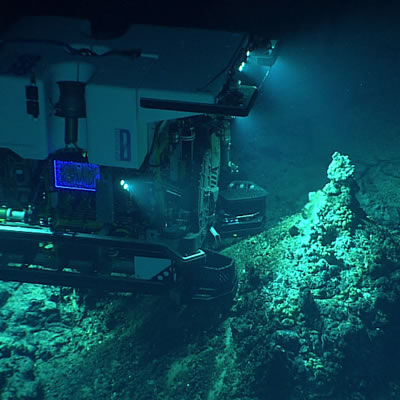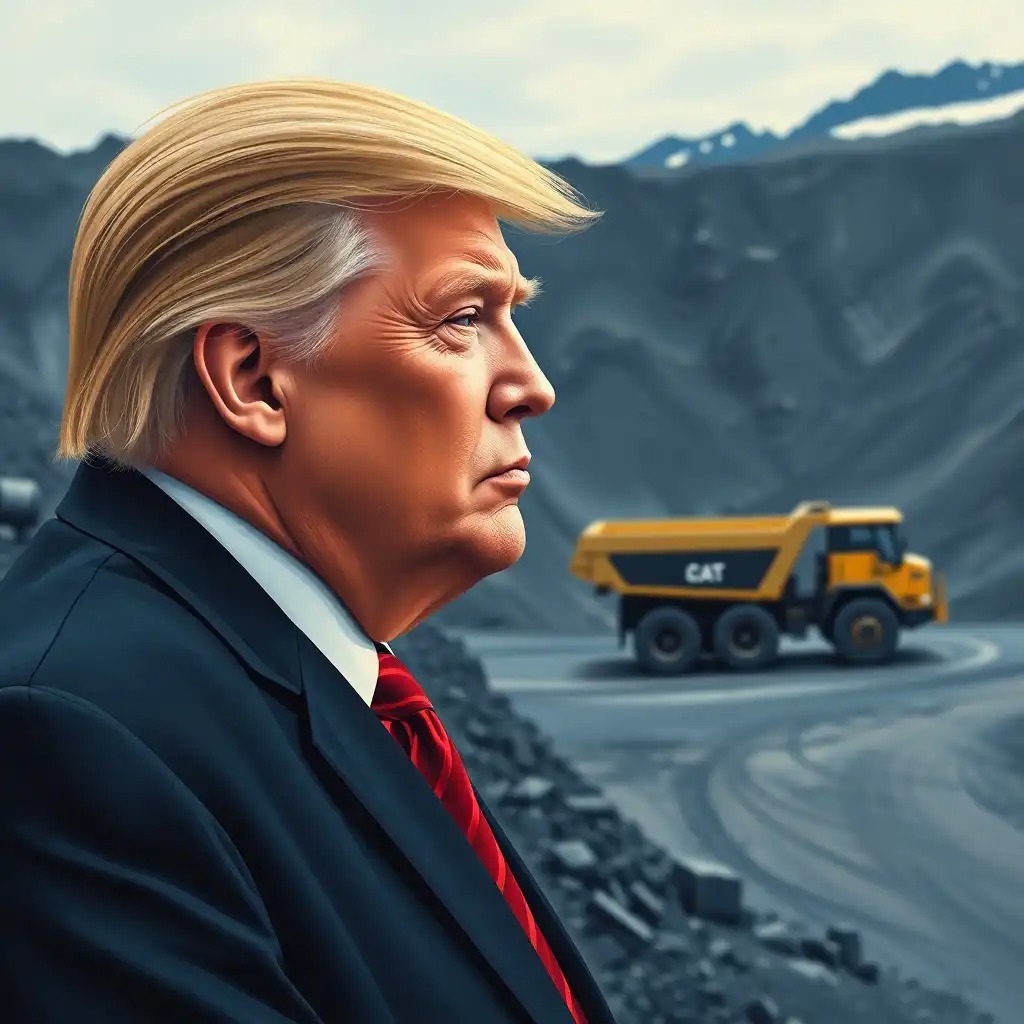Demand for rare earth metals and minerals—increasingly rare on land—spurs deep-sea mining

A remotely-operated underwater vehicle images a hydrothermal vent in the deep ocean. Our consumption of rare earth metals, used in products like compu
A remotely-operated underwater vehicle images a hydrothermal vent in the deep ocean. Our consumption of rare earth metals, used in products like computers, cell phones and electric car batteries, means these metals are getting scarcer to find on land. — Image courtesy NOAA Office of Ocean Exploration and Research
This year, a code of conduct for deep-sea mining in international waters has been officially launched.
The so-called "deep-sea mining" refers to the process of mining mineral resources deep sea. "Deep-sea" refers to areas below 200 meters above sea level. The deep-sea occupies approximately 65% of the earth's surface area and is rich in species diversity. The species there are able to adapt to harsh environments, and many of them are not even known to science. In addition, there are unique and diverse geological formations, including submarine mountains, plateaus, volcanic groups, canyons, vast underwater plains, and the Mariana Trench. The Mariana Trench is the deepest trench known on the planet, at about 11,000 meters below sea level.
Sedimentation, tin ore and diamond mining in shallow waters are currently carried out around the world, and some are carried out in the territorial seas of some countries. However, deep-sea mining in the high seas (that is, international waters that do not
belong to any country) is still in the exploratory stage. As of now, a total of 29 fifteen-year deep-sea exploration contracts have been approved, with the purpose of assessing the scale and scope of three different mineral resources, with a
cumulative area of 1.3 million square kilometers. However, the actual exploitation of these areas will not be possible until a consensus has been reached on the Code of Conduct for Deep Sea Exploitation. At two important meetings this year, relevant parties will discuss the detailed content of this regulation, and it is expected that it will be officially launched in 2020.
The guidelines will be reviewed and finalized by the International Seabed Authority (ISA). ISA is an independent body established in accordance with the United Nations Convention on the Law of the Sea. Headquartered in Kingston, Jamaica, it currently has 168 members including the European Union and regional organizations.
There are many main bodies of deep-sea mining, including corporations, state-owned enterprises, (China, France, Germany, India, Japan, the Republic of Korea, and the Russian Federation) governments, including Bulgaria, Cuba, the Czech Republic, Poland, the Russian Federation, and Slovakia. Interoceanmetal Joint Organisation and small island nations such as the Cook Islands, Kiribati, Nauru, Singapore and Tonga.
Mining targets currently proposed include nickel, copper, cobalt, manganese, zinc, silver and gold. At present, exploration work is mainly focused on three types of marine mineral resources, including deep-sea polymetallic nodules, polymetallic sulfides (deep-sea massive sulfides formed near deep-sea hot springs) and cobalt-rich iron-manganese crusts covering the seamount. Exploration areas are concentrated in the Pacific Ocean, the central Atlantic and the Indian Ocean.
Many electronics and energy storage devices need these resources, such as smartphones, laptops, solar panels, wind turbines, and electric cars. At present, the demand for these mineral resources is increasing but the difficulty of land mining and supply is getting more and more difficult, and the profits are getting lower and lower. Proponents of deep-sea mining believe that deep-sea mining can provide a reliable, clean and ethical source of minerals.
Giant machines heavier than blue whales are used to excavate, dredge or cut subsea strata. These submarine deposits are transported to the ship on the sea for processing through pipelines of several kilometers long, while the waste will be pumped back to the sea. All processes are completed at sea.
The draft regulations of the International Seabed Authority (ISA) provide that the proposed royalties or other payments obtained from mining will be governed by the benefit-sharing system, taking fully into account the needs of developing countries, especially the least developed countries and the interests and needs of regional countries are distributed among member countries. The relevant payment system is still under study, and several different economic models have been considered.
Reference to the Mining of Surface Mineral Resources.




